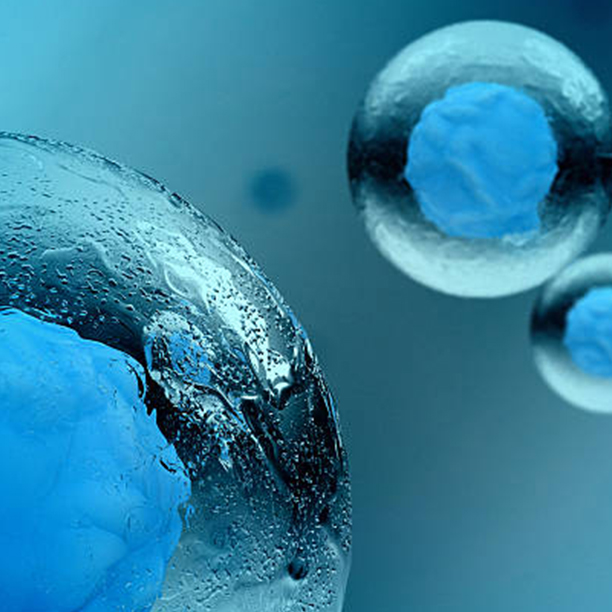Stem cell therapy is a promising field of medicine that has the potential to revolutionize the way we treat a wide range of diseases and injuries. Stem cells are unique in their ability to differentiate into many different cell types, making them valuable tools for regenerative medicine. In this comprehensive guide, we will explore the benefits of stem cell therapy and the potential applications of this exciting technology.
What Are Stem Cells?
Stem cells are unspecialized cells that have the ability to differentiate into a variety of cell types. They can be found in many different parts of the body, including bone marrow, adipose tissue, and umbilical cord blood. Stem cells can be manipulated in the lab to differentiate into specific cell types, such as muscle cells, nerve cells, and blood cells. This versatility makes them valuable tools for regenerative medicine, as they can be used to regenerate damaged or diseased tissues and organs.
Types of Stem Cells
There are several different types of stem cells, each with its own unique properties and potential applications.
Embryonic Stem Cells
Embryonic stem cells are obtained from embryos that are less than a week old. These cells have the potential to differentiate into any cell type in the body, making them valuable tools for regenerative medicine. However, the use of embryonic stem cells raises ethical concerns, as the process of obtaining these cells often involves the destruction of embryos.
Adult Stem Cells
Adult stem cells are found in many different tissues in the body, including bone marrow, adipose tissue, and blood. These cells have a more limited ability to differentiate into different cell types than embryonic stem cells, but they still have the potential to be used in regenerative medicine.
Induced Pluripotent Stem Cells (iPSCs)
Induced pluripotent stem cells (iPSCs) are adult cells that have been genetically reprogrammed to behave like embryonic stem cells. These cells have the potential to differentiate into any cell type in the body, and they are not associated with the ethical concerns associated with embryonic stem cells.
Applications of Stem Cell Therapy
Stem cell therapy has the potential to be used in the treatment of a wide range of diseases and injuries. Here are just a few of the potential applications of stem cell therapy:
Heart Disease
Stem cell therapy has the potential to be used to regenerate damaged heart tissue. In a study published in the journal Circulation, researchers found that injecting stem cells into the hearts of rats that had suffered a heart attack led to a significant improvement in heart function.
Neurological Disorders
Stem cell therapy has the potential to be used to treat a variety of neurological disorders, including Parkinson’s disease, multiple sclerosis, and spinal cord injuries. In a study published in the journal Nature, researchers found that injecting stem cells into the brains of rats with Parkinson’s disease led to a significant improvement in motor function.
Diabetes
Stem cell therapy has the potential to be used to treat diabetes by replacing the insulin-producing cells that are destroyed in people with type 1 diabetes. In a study published in the journal Diabetes, researchers found that transplanting insulin-producing cells derived from human embryonic stem cells into mice with diabetes led to a significant improvement in blood sugar control.
Benefits of Stem Cell Therapy
Stem cell therapy offers several potential benefits over traditional treatments for a variety of diseases and injuries.
Regeneration of Damaged Tissue
Stem cells have the ability to differentiate into a wide variety of cell types, making them valuable tools for regenerating damaged or diseased tissues and organs. This could potentially lead to more effective treatments for a wide range of diseases and injuries.
Reduced Risk of Rejection
Stem cells can be derived from the patient’s own tissues, which reduces the risk of rejection by the immune system. This could potentially lead to more successful transplants and fewer complications.
Reduced Need for Immunosuppressive Drugs
Traditional transplants require the use of immunosuppressive drugs to prevent rejection by the immune system. Stem cell transplants may not require these drugs, as the stem cells can be derived from the patient’s own tissues.
Challenges of Stem Cell Therapy
While stem cell therapy offers several potential benefits, there are also several challenges that must be overcome in order to make this technology more widely available.
Cost
Stem cell therapy is currently a very expensive treatment option, as it is a relatively new and complex technology. This makes it difficult for many people to access this treatment, especially those without adequate health insurance coverage.
Regulation
Stem cell therapy is still a relatively new field, and there are currently few regulations in place to ensure the safety and efficacy of these treatments. This makes it difficult for patients to know which treatments are safe and effective, and which ones are not.
Ethical Concerns
The use of embryonic stem cells raises ethical concerns, as the process of obtaining these cells often involves the destruction of embryos. While induced pluripotent stem cells offer a potential alternative, more research is needed to fully explore their potential.
Conclusion
Stem cell therapy is a promising field of medicine that has the potential to revolutionize the way we treat a wide range of diseases and injuries. While there are still many challenges to be overcome, the potential benefits of this technology make it an exciting area of research. As research continues, it is likely that we will discover even more applications for stem cell therapy, and we may one day see this technology become a routine part of medical practice.


